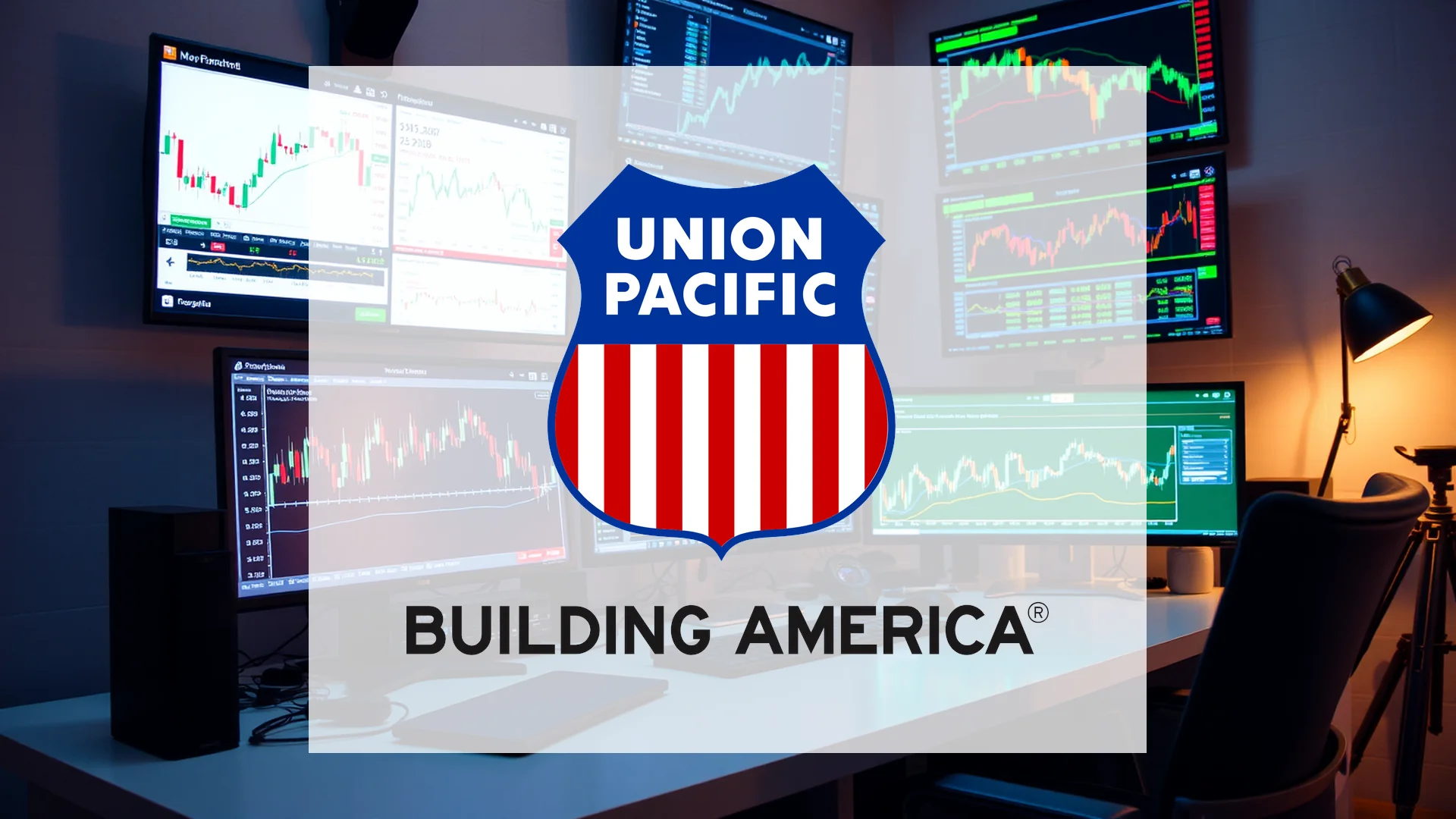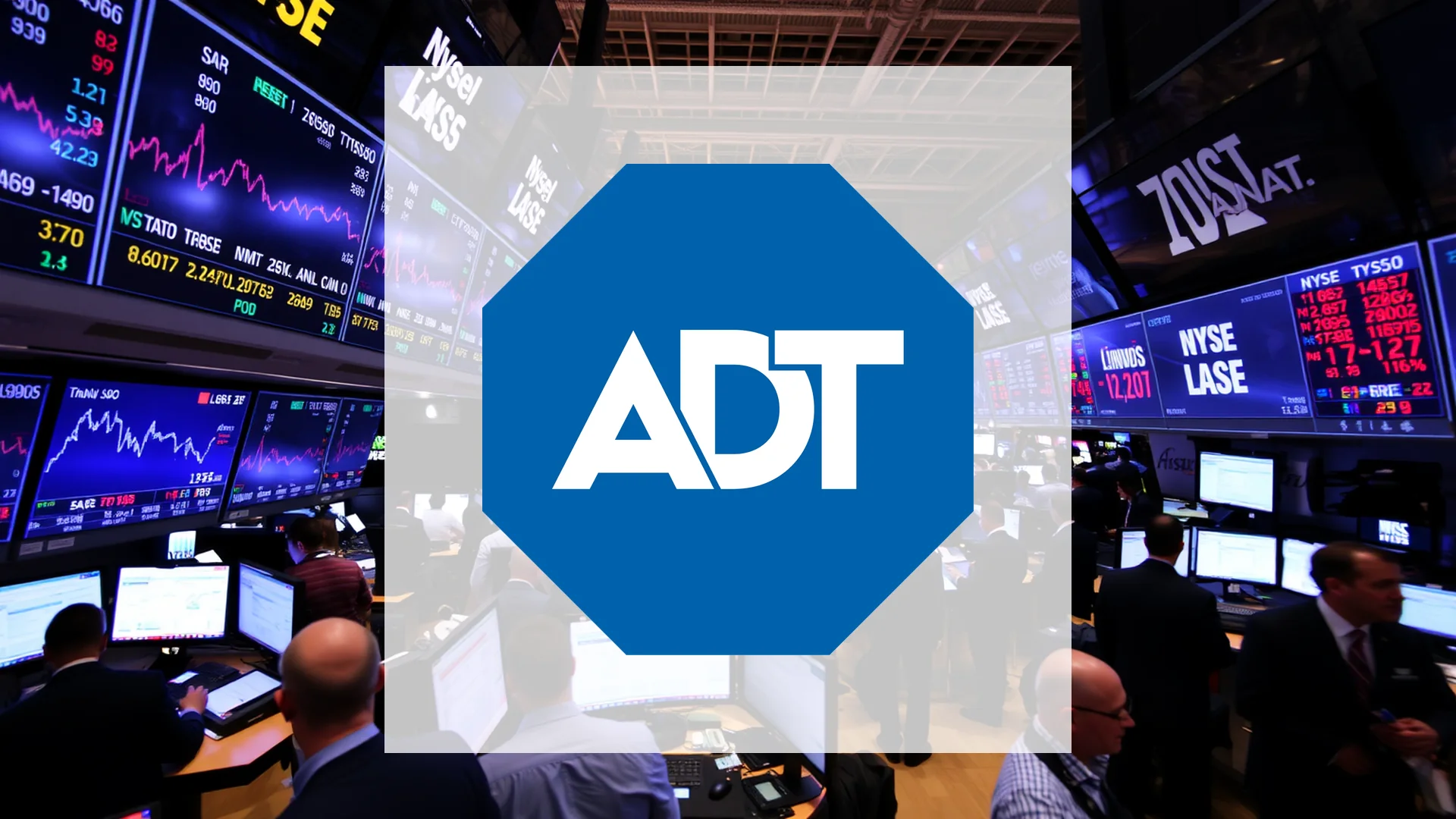The most significant railroad consolidation in American history faces mounting opposition as Union Pacific’s proposed $85 billion merger with Norfolk Southern approaches a decisive shareholder vote on November 14. This potential combination, which would establish the first truly transcontinental rail network in the United States, now confronts substantial political and regulatory challenges that threaten to derail the ambitious project.
Regulatory Obstacles and Industry Resistance
The Surface Transportation Board (STB), the nation’s supreme rail regulatory authority, represents the most substantial barrier to the merger’s approval. While Union Pacific and Norfolk Southern contend their union would enhance customer service, accelerate delivery timelines, and stimulate economic growth, regulatory concerns carry significant weight.
Simultaneously, industry pushback has intensified dramatically. Last week, forty chemical companies issued an urgent warning to President Trump, expressing grave concerns that reduced competition would drive up freight rates and undermine American manufacturers’ global competitiveness. The American Chemistry Council, spearheading the opposition movement, is advocating for increased – not diminished – competition within the rail sector.
Economic Implications and Market Impact
The proposed consolidation would create America’s largest railroad network, spanning over 50,000 route miles across 43 states. The corporations project annual synergies of $2.75 billion alongside efficiency gains from more direct shipping routes. However, this very market concentration has generated apprehension among industrial shippers.
Should investors sell immediately? Or is it worth buying Union Pacific?
Union Pacific’s stock currently trades considerably below its yearly peak, reflecting market skepticism about the merger’s ultimate approval. As the November 14 shareholder decision approaches, the company also prepares to release quarterly results. Market experts anticipate earnings of $2.97 per share with revenue reaching $6.24 billion, which may reveal how much the merger controversy is affecting day-to-day operations.
Critical Juncture for Railroad Giant
Should shareholders grant approval next month, the merger still faces the formidable obstacle of regulatory consent. A failed consolidation would force Union Pacific to recalibrate its growth strategy entirely.
The coming weeks will determine whether the railroad behemoth can achieve its most ambitious strategic move or if its expansion aspirations will collapse against the realities of competition law. The outcome will not only shape Union Pacific’s trajectory but potentially redefine the entire North American rail transportation landscape for decades to come.
Ad
Union Pacific Stock: Buy or Sell?! New Union Pacific Analysis from December 5 delivers the answer:
The latest Union Pacific figures speak for themselves: Urgent action needed for Union Pacific investors. Is it worth buying or should you sell? Find out what to do now in the current free analysis from December 5.
Union Pacific: Buy or sell? Read more here...











